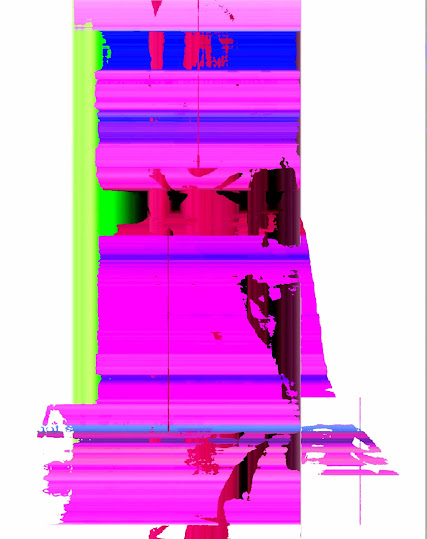 |
| Paula Damm |
Paula’s work is a powerful statement about women’s traditional ‘work’ and art. I’ve often wondered how many brilliant women artists expressed themselves through their textile art but were never recognized as artists. Paula reflects on that question in her work, in a sense, speaking for and to these women in our collective past and in the present. I find poetry in her work and voices, voices we need to remember and acknowledge. Here is Paula Damm in her own words. ~Sylvia Van Nooten
1)What is behind your artistic vision?
(Why do you do art?)
Truthfully, it has taken a long time to realize that what I do IS art. Or rather, as I allowed myself more personal confidence and freedom to expand what I have done for years, I believe it has BECOME art. To explain, I have always created things with fiber/thread and needle. I always thought of it as being a continuance of honoring the history of women's work this knitting, sewing, embroidery, weaving. A few years ago I found a bubbling up of dissatisfaction with my “creations” - an acute and discouraging feeling that they were successfully rendered but empty because they were designed by someone else - and copied by me. This coincided with a visit from my sister, Terri Witek, the amazing poet. During her visit she was describing merging poetry and weaving. I had no idea what she was talking about. We spoke about words, space, void, marking, and pattern, the hidden and the revealed. I felt the electricity happen and the world opened up. Our collaboration from this visit was actually accepted in Deeper Than Indigo:Southeast Textile Symposium, St. Augustine, Florida (2018). A poet’s statement written on my weaving fiber, fractured and woven into 2 delicate indigo pieces with gold (her words) scattered throughout. The magic had begun for me. I gave myself permission to look at my “women’s work” in ways I never would have imagined. It was life changing. I realized that all the weaving, sewing, knitting, embroidery I had done throughout my life was my preparation for my future as an artist. Plus my gratitude to my sister is everlasting.
2) How does being an artist help you communicate with the world
Social media has been great for people like me who are emerging as artists. I put things out there and I get some likes. I would get hearts and comments!! Not tons, but enough to validate and encourage me forward. I have “met” many other artists and have been inspired by them and their work. Being in the middle of a pandemic also spurred my creativity and gave me time to work consistently since the school where I am the nurse went remote.
3) Have you built or joined a community of artists around the world? How did you do this?
As I have said, social networking has been a godsend and people have been very gracious in allowing me to participate in their groups. I was astounded at the international reach these groups have - really, I was very naive - yet most were kind and welcoming. I felt embraced when I joined GAS: Poetry, Art & Music, Women Asemic Artists & Visual Poets//WAAVe. I am most proud to have built a community through my TogetherVoice project. I reached out to people from around the world and asked them to send me an audio clip of their voice saying TOGETHER in their language. I then changed their voice into a sound wave and embroidered it onto a lovely piece of vintage linen. When I received a request to participate from individuals in the Casina Project in Milan Italy I was blown away. The piece contains the lovely voices of women in a prison in Milan, Italy and individuals from the Casina Project as well as my mailman, family members, friends, other artists - I cried and realized this piece was no longer mine but belonged to everyone, whether they have participated or not. My latest masks using a plaster cast mold of my face were a direct result of viewing Miya Turnbull’s masks on instagram @miyaturnbull.
























